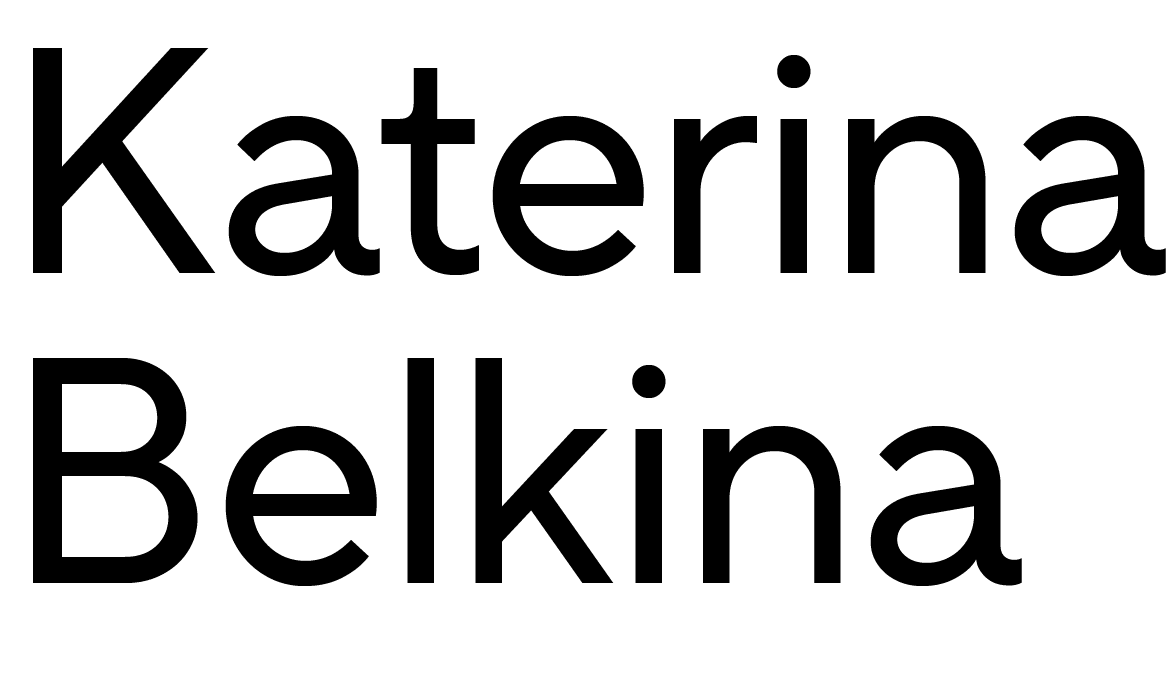Imaginarium curated by Belinda Kochanowska
The Emerging Curators Program is a proud initiative of the Queensland Centre for Photography (QCP) in response to government funding cuts, which resulted in the loss of our physical exhibition space. As sad as this is, every cloud has a silver lining and technology offers us a platform to continue promoting high quality photo media art. Through the Emerging Curators Program, emerging curators now have a space to curate exhibitions to an international audience. Each online publication will present a curated exhibition of two established international artists, two established Australian artists and two emerging Australian artists.
To celebrate the first QCP Emerging Curators Program online exhibition, "Imaginarium" brings forth photo media work by artists who have used digital technology and post production techniques to create images which create imaginary worlds and explore inner realms. This showcase contemplates the potential that technology offers us to fully realise our imaginative and creative potential. "Imaginarium" celebrates the new vocabulary technology offers the visual language of an artist, and new ways of exhibiting and promoting art to the public.
Belinda Kochanowska is an emerging photo media artist based In brisbane, Australia. Under the mentorship of the Queensland Centre for Photography. Kochanowskas practice frequentv exolores issues of memory, Identity and physicality. She has exhibited in various group and solo exhibitions in Australia. Kochanowska also works as the Executive Officer for the Queensland Centre for Photography.
www.belindakochanowska.com

"Katerina Is an artst man as a creature who looks for the boundaries ot the connection with the universe by using soul and reason. As the confrontation with the impossibility thereot is great, he creates his own universe."
Marike van der Knaap. Art Historian
Katerina Belkina's work presents us with hyper real imagery which transports the self image of the artist, who models in her own work, into a lonely metropolis which is symbolic of the psychological and physical disconnection the modern world imposes on its human inhabitants. Drawing from the tradition of Russian Iconography, her face forward portraits are at once discomforting and otherworldly. Belkina is not truly alone in her image because she is sharing the experience with us in her gaze, just like an icon, her gaze is otherworldly - we are not quite connected with her, we observe her, and she observes us. But in doing so, there is an understanding we share her experience - lost in a spiritual dystopia that has been shaped bv our modern materialistic world.
This tension and lonely void enhances the feeling of a world in which we struggle to connect meaning with materialistic wealth. Belkina masterfully harnesses digital photography and post production techniques to create these crystal clear, almost alien environments. She arranges several photographic elements into an image, which is then manipulated through Photoshop and sometimes enhanced with charcoal, paint and pencil.
"I see the city like something as independent, living and non living at the same time... like artificial intelligence it attracts, fascinates... Sometimes we feel the same emptiness inside and we want to fill it, but (instead] we fill the empty spaces outside... we begin to understand our accomplishments are an illusion and material goods imaginary."
Katerina Belkina, 2014





